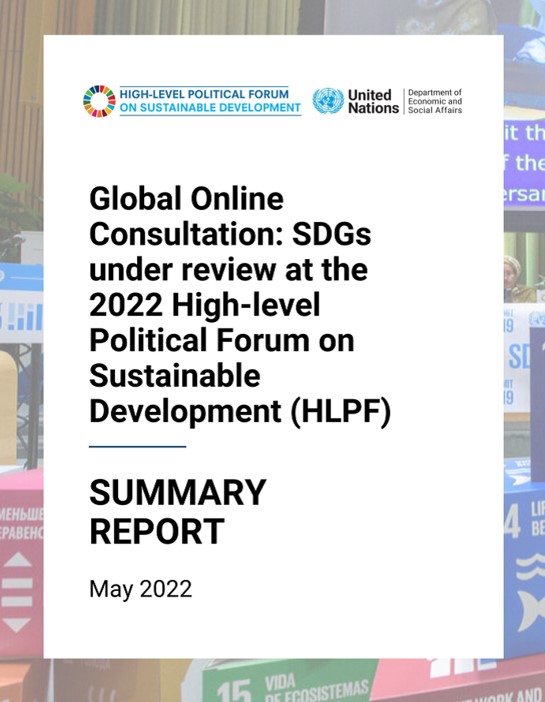EU – Maternity & Paternity Leave in the European Union – Up for Vote – Country Variables
Извор: WUNRN – 03.04.2019
Written by Ulla Jurviste, Martina Prpic and Giulio Sabbati,- Updated in March 2019
In 2019, the EU institutions are set to approve new work-life balance legislation, which will introduce minimum standards for paid paternity leave across the EU. The maternity rights set out in the 1992 Pregnant Workers Directive will be maintained. This directive sets the minimum period for maternity leave at 14 weeks, with 2 weeks’ compulsory leave before and/or after confinement and an adequate allowance subject to national legislation.
In 2008, the Commission proposed to extend the duration of maternity leave to 18 weeks in accordance with the guidelines of the International Labour Organization, making at least 6 weeks compulsory after confinement, with an allowance amounting to full salary. Parliament accepted this proposal in 2010, whilst extending it to 20 weeks of maternity leave and 2 weeks of paternity leave under the same conditions.
However, following deadlock in the Council, the proposal was withdrawn in July 2015 and replaced by the new work-life balance package, which is intended to take a broader approach to modernising the existing EU legal framework in the area of family-related leave and flexible working arrangements. IF the draft proposal agreed between the Commission, Parliament and Council is adopted, it would introduce a right to two weeks paternity leave. The package tackles the challenge of work-life balance for working parents and carers, which is expected to be particularly beneficial for gender equality in the labour market, but it does not change the duration of maternity leave. Parliament’s vote on the package is scheduled for 4 April 2019.
Explanation of the Graphs
Due to the complexity of national legislation and differences between the Member States, and to facilitate presentation of the data in graphic form, simplifications have had to be made in respect of a number of countries.
The terms of legislation as it applies in the public sector are illustrated in cases where there is a difference with the private sector.
Countries are ordered by the length of leave granted.
Given that national legislation may express leave periods in months, weeks, calendar days or working days, for comparison, they are presented here in rounded weeks.
Some countries also have ceilings on the amount of money paid during maternity/paternity leave but these are not addressed in this publication.
When national legislation does not state exactly when the maternity leave is supposed to start, the earliest possible time was taken as the starting point.
https://epthinktank.eu/2014/12/19/maternity-and-paternity-leave-in-the-eu/?platform=hootsuite



